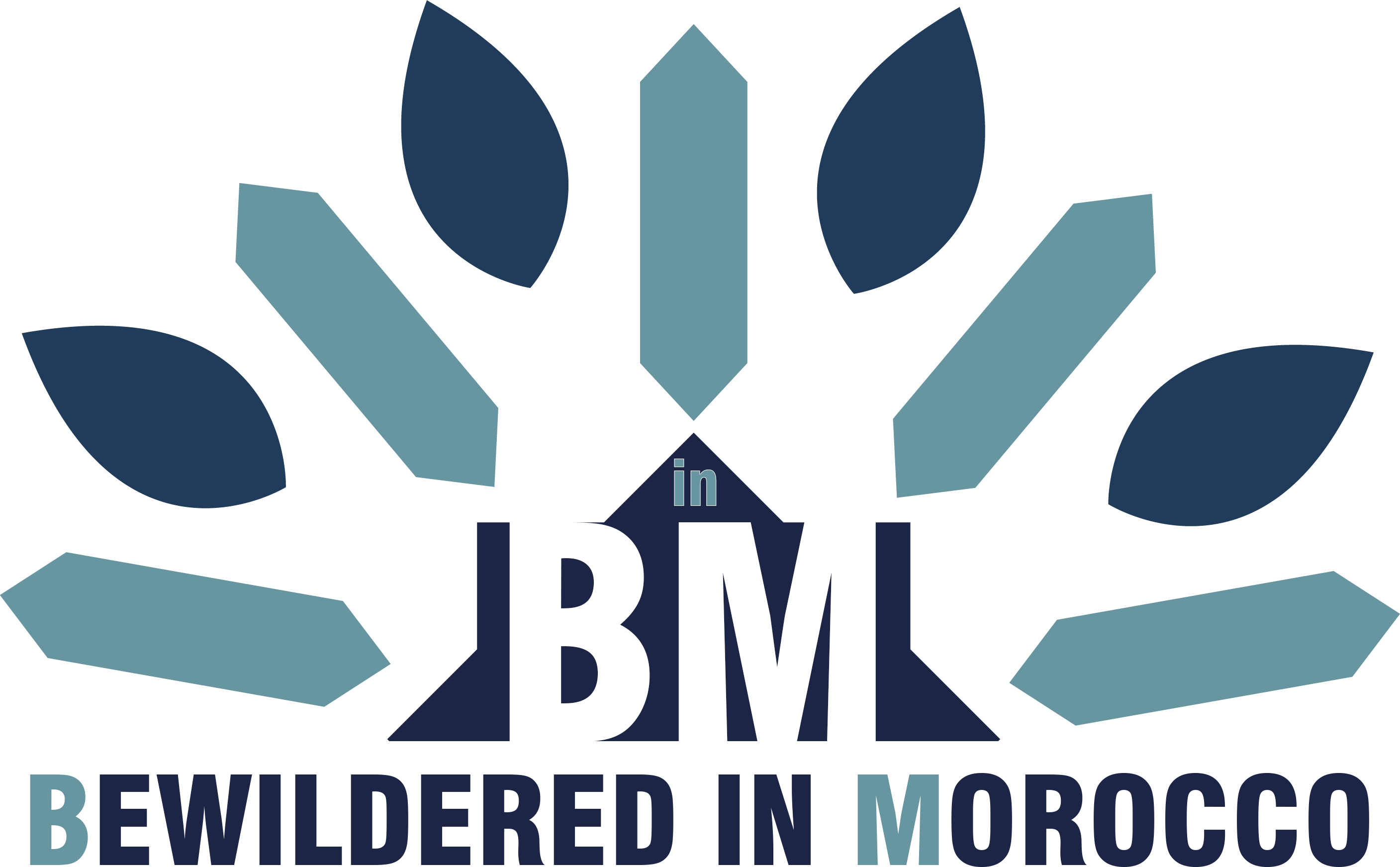Did you know that nestled near the holy city of Moulay Idriss Zerhoun lies one of North Africa's best-preserved Roman cities? Let me take you on a journey through Volubilis, an ancient marvel that has witnessed over two millennia of history.
A Journey Through Time
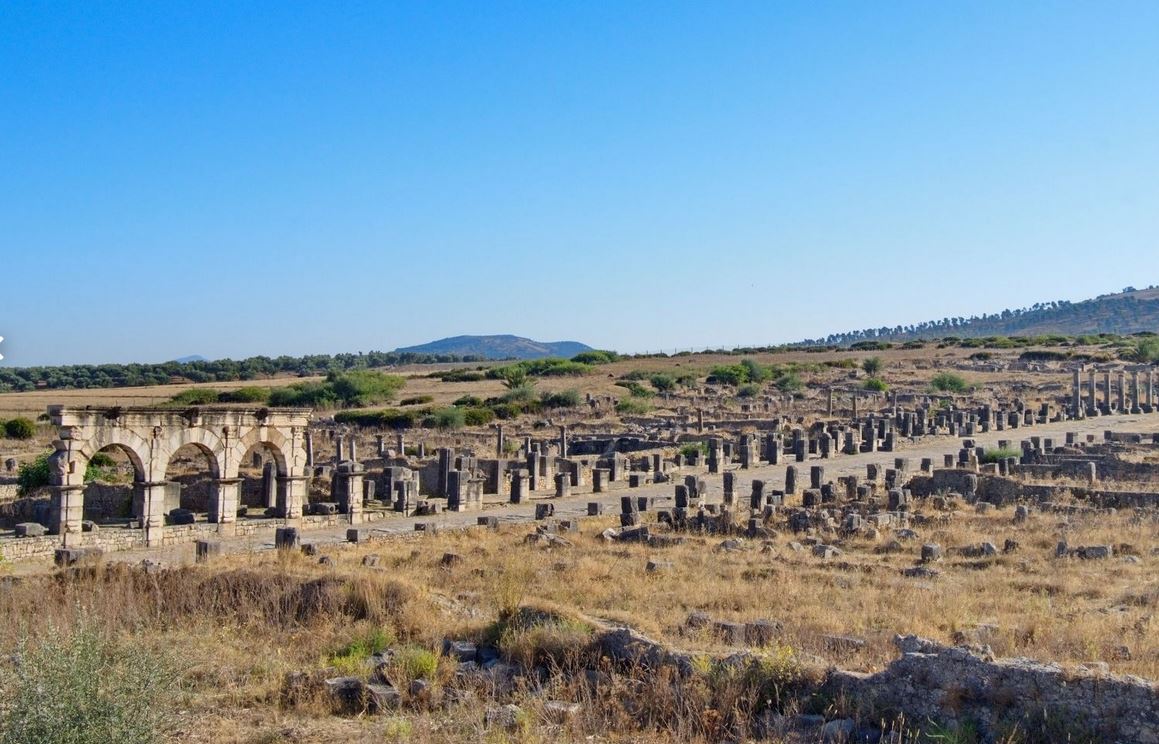
Built in the 3rd century BC, Volubilis started as a Mauritanian settlement before becoming one of Rome's most prosperous African cities. What fascinates me most is how this city grew from humble beginnings to house 20,000 residents at its peak, spreading across an impressive 40 hectares.
The Roman Golden Age
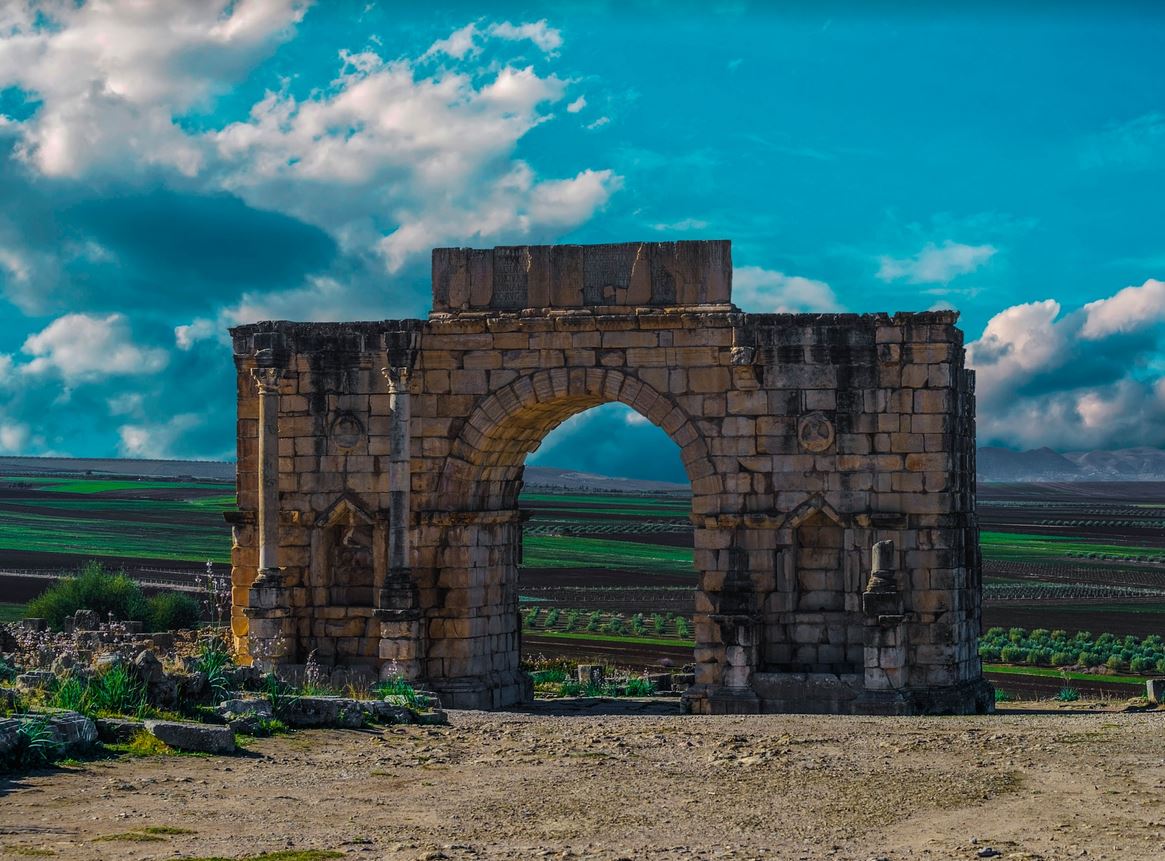
The city reached its zenith between 168-169 AD, when it was encircled by impressive walls featuring:
- Semi-circular towers
- Seven magnificent gates
- The famous Triple Arch
- Basilica
- Governor's residence
- Triumphal arch
What makes Volubilis truly special is its stunning mosaics, which have somehow survived earthquakes, looting, and centuries of exposure to the elements.
A City Ahead of Its Time
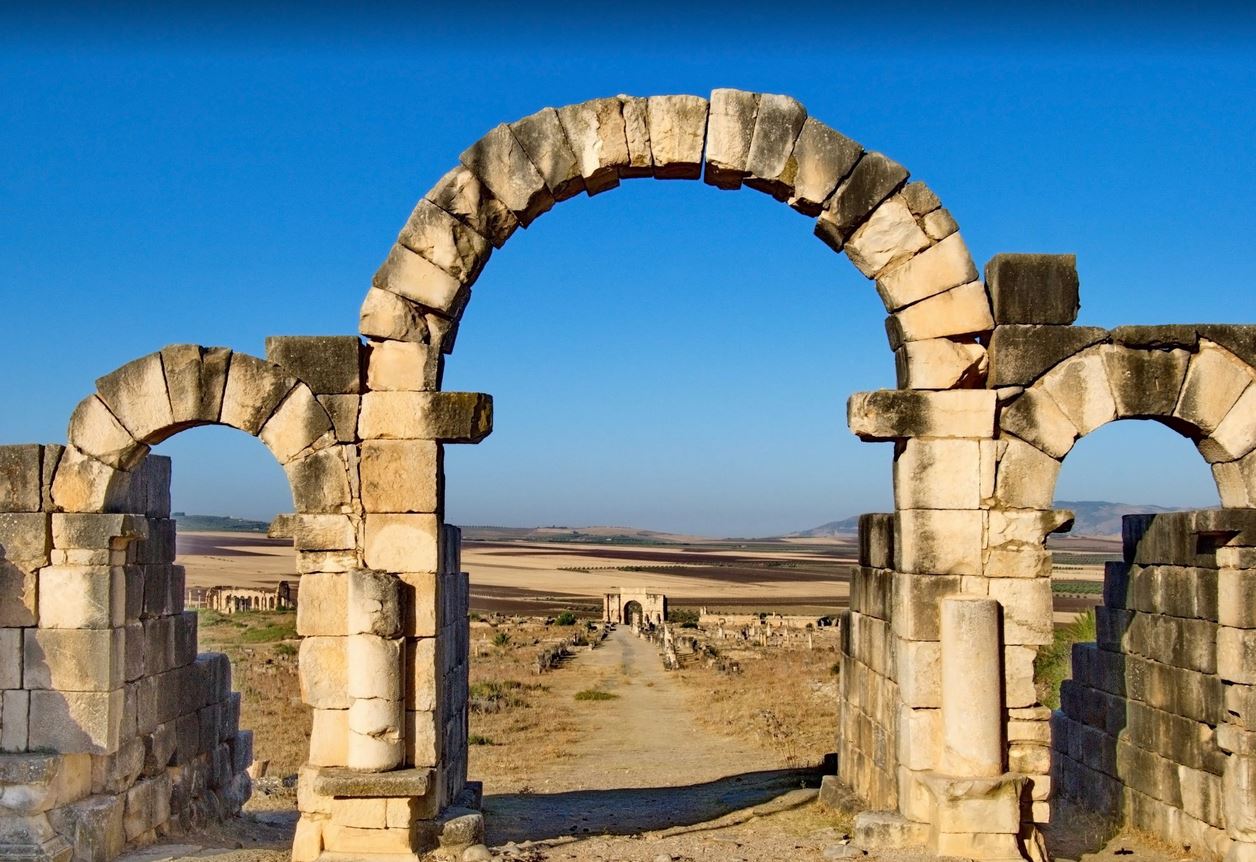
Walking through Volubilis today, I'm always struck by how advanced this ancient city was. The Romans created:
- A complex water channel system bringing spring water from nearby hills
- Public baths with heated stone floors
- Sophisticated sewage systems flowing to the nearby river
- Large residential buildings
- Public spaces
According to UNESCO, Volubilis residents enjoyed a standard of living that would put some modern cities to shame!
The City's Decline and Rediscovery
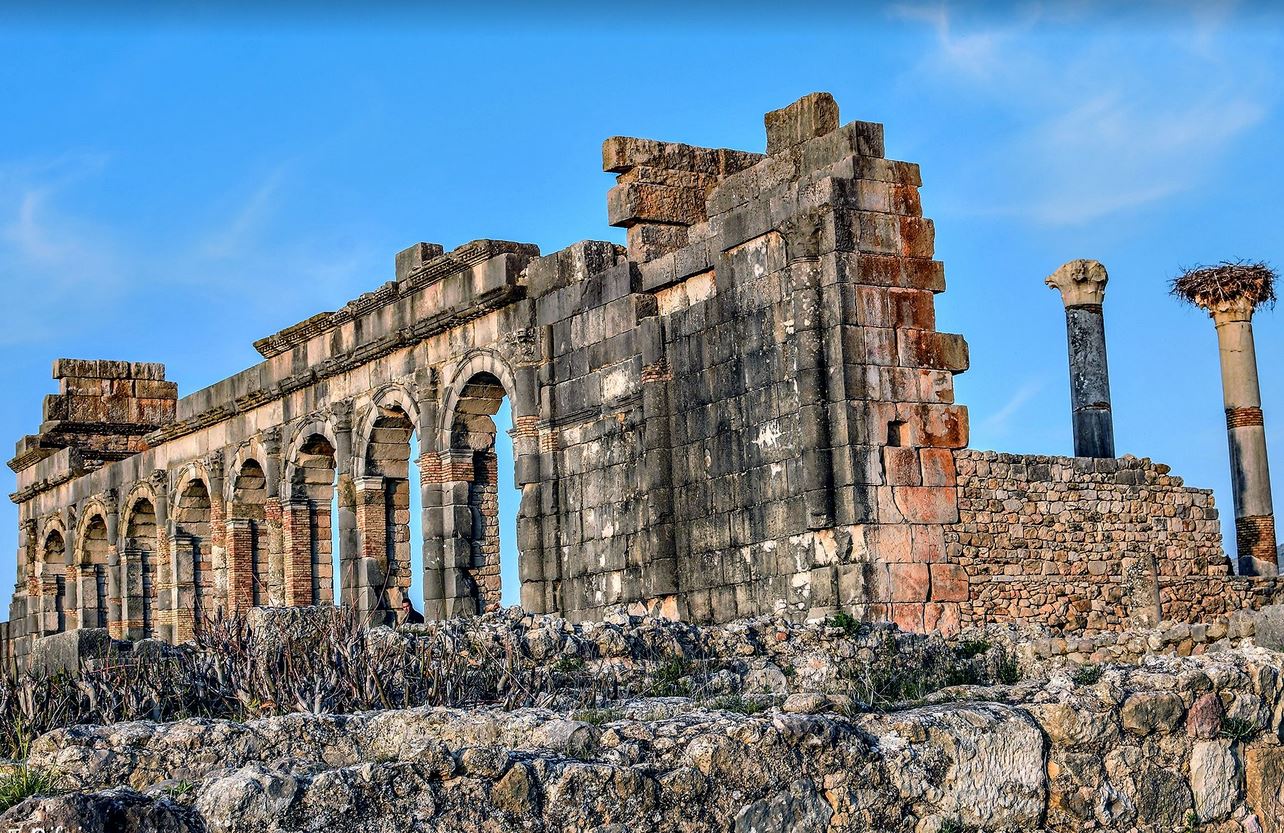
The story of Volubilis isn't just about grandeur - it's also about resilience. Despite:
- A major revolt in 40 AD (which led to a 10-year tax exemption to calm the population)
- Roman withdrawal in 285 AD
- The arrival of Islam in the late 8th century
- Earthquakes in the 19th century
- Parts being dismantled to build nearby Meknes
- Years of neglect
The city has endured, finally being recognized as a UNESCO World Heritage site in 1997.
Hidden Treasures Still to Be Found
Here's something exciting: only a portion of Volubilis has been excavated. A whopping 16 hectares still await exploration, potentially holding countless treasures that could shed more light on ancient Moroccan history. Imagine what secrets still lie beneath the soil!
Planning Your Visit
The site is located:
- 20km from Meknes
- 88km from Fez
- Adjacent to Moulay Idriss Zerhoun
Join the Conversation
Have you ever wondered what lies beneath those unexplored 16 hectares? What treasures do you think archaeologists might find? Share your thoughts in the comments below!
Looking to explore more of Morocco's ancient history? Check out our guides to Meknes and Fez, two imperial cities with their own fascinating stories to tell!
